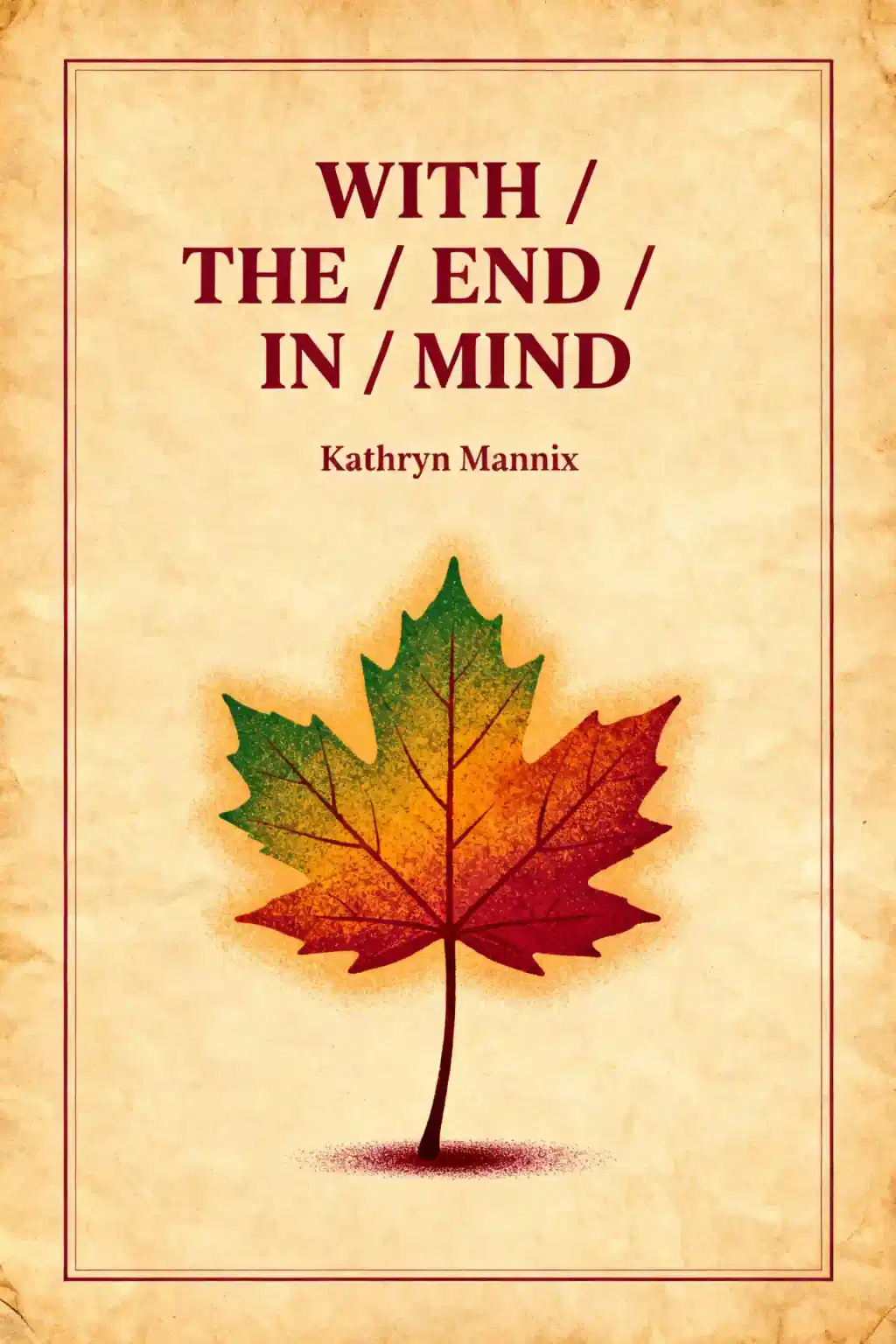What is
Staring at the Sun by Irvin D. Yalom about?
Staring at the Sun explores overcoming death anxiety through existential therapy, blending clinical case studies, philosophical insights, and personal stories. Yalom argues that confronting mortality fosters deeper connections, purpose, and appreciation for life. The book emphasizes "awakening experiences" (e.g., loss, aging) as catalysts for growth and recommends compassion-driven relationships to alleviate existential terror.
Who should read
Staring at the Sun?
This book suits individuals grappling with existential fears, therapists seeking frameworks to address death anxiety, and readers interested in psychology or philosophy. Yalom’s accessible storytelling makes complex themes relatable, particularly for those navigating midlife crises, grief, or aging.
Is
Staring at the Sun worth reading?
Yes. Praised as "life-affirming" by the New York Times, it combines scholarly rigor with relatable narratives. Readers gain practical strategies to reframe mortality, making it valuable for personal growth and clinical practice. Critics highlight its poignant blend of vulnerability and wisdom.
What are the main ideas in
Staring at the Sun?
- Death Anxiety: Fear of mortality underlies many psychological struggles.
- Awakening Experiences: Trauma, loss, or aging can trigger transformative self-reflection.
- Human Connection: Compassionate relationships mitigate existential isolation.
How does Irvin D. Yalom suggest coping with death anxiety?
Yalom advocates:
- Engaging in creative projects (e.g., writing, art) to leave a legacy.
- Cultivating "ripple effects" through kindness to feel interconnected.
- Using group therapy or philosophical introspection to normalize fears.
What are memorable quotes from
Staring at the Sun?
- “The cradle rocks above an abyss” (Nabokov): Highlights life’s fragility.
- “Compassionate connection transcends solitude”: Stresses empathy’s role in alleviating existential dread.
What criticisms exist about
Staring at the Sun?
Some argue Yalom’s focus on personal anecdotes overshadows empirical data. Others note his secular approach may not resonate with spiritually inclined readers. A minority critique the lack of direct addressing of societal or systemic sources of anxiety.
How does
Staring at the Sun compare to Yalom’s other works?
Unlike Love’s Executioner (therapy case studies) or When Nietzsche Wept (historical fiction), this book synthesizes existential theory with autobiographical reflections. It’s more introspective, targeting universal mortality rather than specific mental health issues.
Why is
Staring at the Sun relevant in 2025?
Amid rising social isolation and digital detachment, its emphasis on human connection offers timely solutions. The post-pandemic era’s focus on mental health aligns with its themes of resilience and meaning-making.
What does the title
Staring at the Sun symbolize?
The sun represents death’s inevitability—painful to confront directly, yet unavoidable. Yalom uses it as a metaphor for courageously facing mortality to achieve emotional liberation.
How does Yalom use case studies in
Staring at the Sun?
Stories like “Jack,” who overcame isolation through community engagement, illustrate how confronting death anxiety reshapes priorities. These narratives provide relatable templates for readers.
Can
Staring at the Sun help with daily life challenges?
Yes. Its lessons on mindfulness, volunteering, and nurturing relationships apply to career transitions, family dynamics, and personal setbacks. Practicing “ripple effects” fosters resilience.
What is Irvin D. Yalom’s background in existential therapy?
A Stanford psychiatrist and novelist, Yalom pioneered integrating existential philosophy into psychotherapy. His 50+ year career focuses on mortality, freedom, and isolation, informed by thinkers like Nietzsche and Sartre.
Are there books like
Staring at the Sun?
For deeper exploration, consider:
- Man’s Search for Meaning (Viktor Frankl): Logotherapy and purpose.
- The Denial of Death (Ernest Becker): Cultural analysis of mortality.














